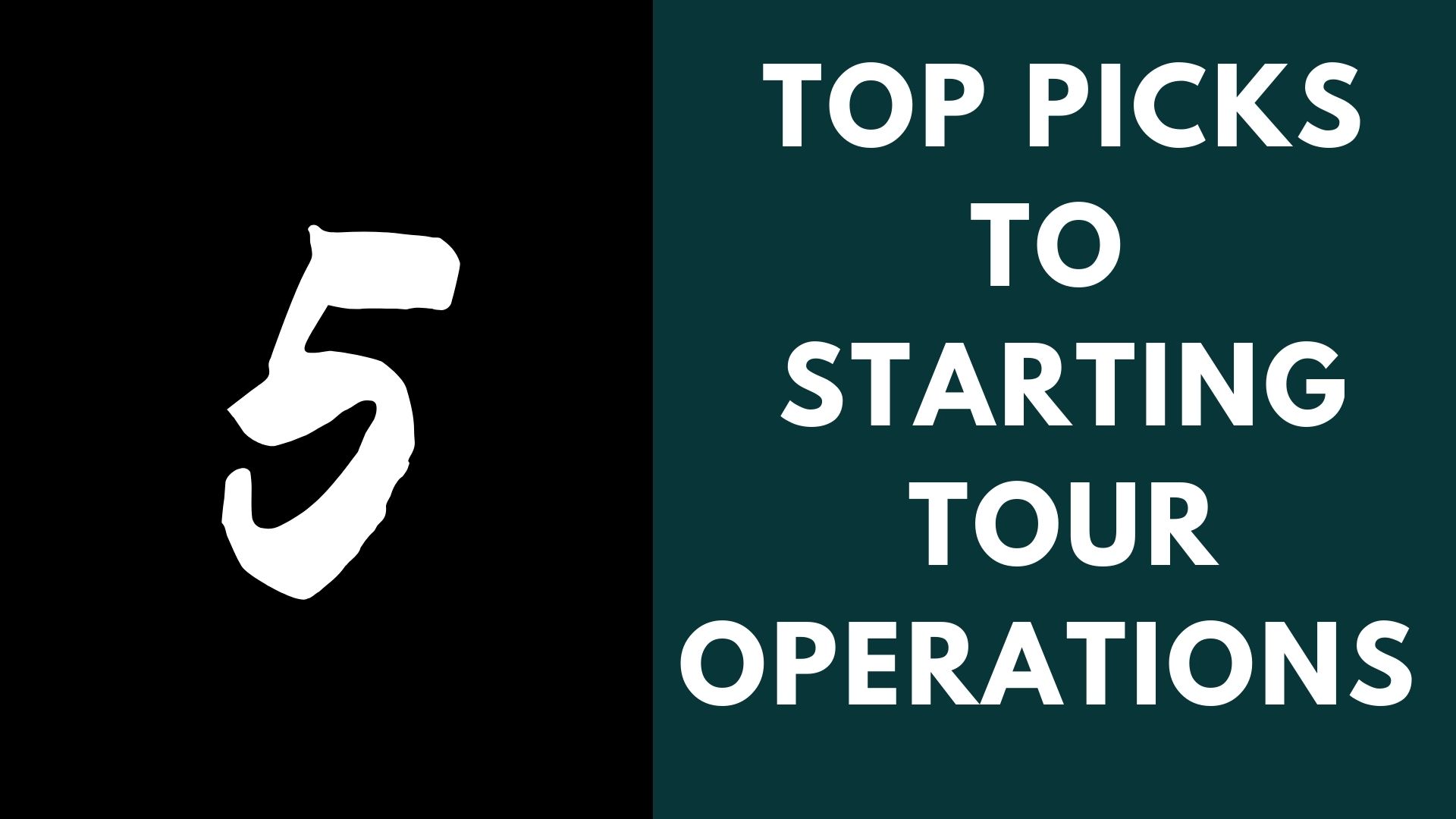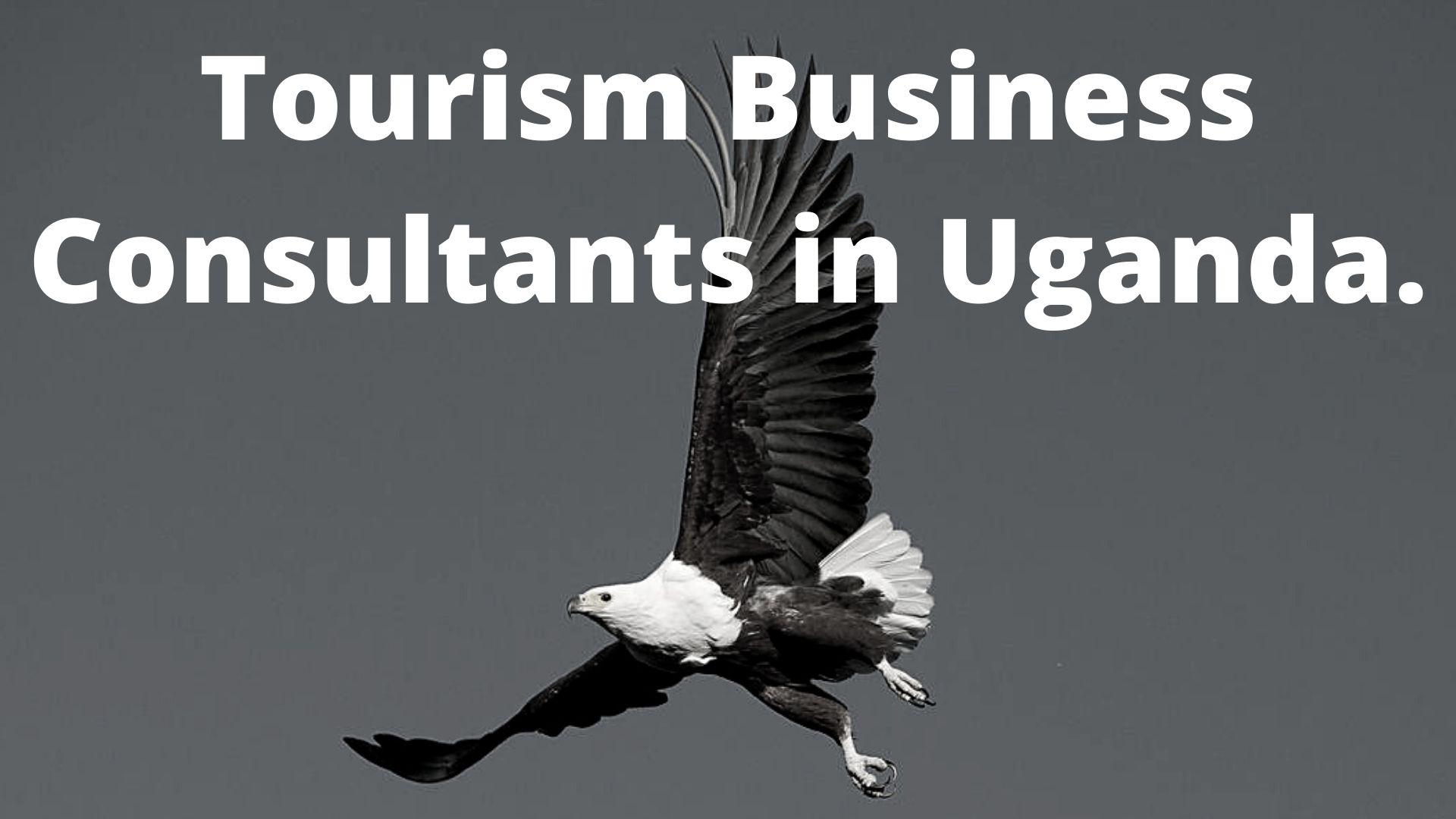Learn Itinerary Development

Tips for beginners on an inspirational Itinerary development. Planning a perfect itinerary is very essential to any tour consultant or sales manager in day-to-day tour operations. Step up now and have the ability to craft an effective, seamless tour/travel itinerary for your customers that requires more than just bells and whistles for them to get packing. At this stage knowing what makes a great itinerary must be at our fingertips –qualities of a good itinerary.
Here are key secrets to a perfect itinerary development.
1. Know the travel time frame of your guests.
Establishing a specific time frame in itinerary development is so important. Time expected of guests to start their travel or tour with you. The time of the year could be a specific month and specific dates. You are able to find the availability of relevant permits, be able to predict the weather condition of the days for particular activities i.e. April is known as the rainy season in Uganda/Rwanda which makes it so hard for guests to fly by helicopters and you can advise guests according to on their interests to use helicopters flights in the month of April.
2. Know your visitor’s interests
Feel free to ask your potential customer as many questions as you can, this will help in your itinerary development. Seek to know if he is a kind of primate lover, or interested in wildlife experiences, cultural or local encounters, hiking or trekking experiences and if he/she is much soaked in bird watching experiences to mention but a few. With all the interest of your potential guest, you will be able to extract a perfect travel itinerary customized to their specific needs.
3. Be realistic.
Here we talk about applying the possible and avoiding the impossible. A good itinerary should not be a detour but instead must be as flexible as it can. Long drive time in the vehicle to many guests is a big problem so avoid it. Activity after activity is impossible so must be avoided, arriving at the destination at the night always must be avoided, and the timing of activities must not clash with other programs in your itinerary. Try not to congest your itinerary and allow free zones for guests to have plenty of good times with their loved ones and reflect on their previous and upcoming experiences.
4. Must have product knowledge.
Get essential training or research about tourism products. It will be very hard for any tour consultant or sales tour manager to have a perfect itinerary developed without product knowledge. This includes knowing the location of all attractions, knowing in detail the tour activities, and the requirements to allow a guest to be part of given tour activity, for instance, one must know the minimum age allowed to do gorilla trekking in Uganda so you can advise guests on alternatives for the children below 15 years. With product knowledge, you become confident and become realistic in all your itinerary development.
5. Know your client’s Budget.
Getting an insight into your client’s budget for a specific holiday plan is very important. Some guests are specific by sharing how much in USD they are willing to use for a given tour others will simply categorize in form of 3* or 4* and 5* tours. This can guide you in choosing and recommending accommodation facility in the itinerary, mode of transfers from point to point, and selection of tour activities as you all know some activities takes a huge budget from other others. So cut the coat according to your client’s piece of cloth and correlate them (Budget vs perfect itinerary development)
Simple itinerary development comes down to a collection of being updated on what is going on in the destination as a Destination Management Company (DMC). Although it seems like a daunting task, planning the perfect travel itinerary has become so easy with our experts at Uganda Tourism Consultants to enable everyone interested to learn the best style that meets the interests of your customers (slow vs. quick, luxury vs. mid-range vs. budget) and set things in motion



